Despite signs of slowing economic growth, NS maintained its volume and financial outlooks for the year. The railroad is banking on landing more intermodal, automotive, crude oil, sand, and aggregates traffic in the second half of the year, as well as reaping productivity gains from its new operating plan based on the principles of Precision Scheduled Railroading.
“Our railroad is performing very well. The transition to our new PSR-based operating plan, TOP21, went flawlessly, and we are already seeing the financial benefits, with more to come,” CEO Jim Squires told investors and analysts on the railroad’s earnings call.
For the second quarter, NS operating income rose 4%, to $1.06 billion, as revenue grew 1%, to $2.9 billion. Earnings per share rose 8%, to $2.70, which came in 9 cents below Wall Street expectations, according to an I/B/E/S analyst survey. The operating income, revenue, and earnings per share figures all set quarterly records.
NS also posted an all-time low operating ratio of 63.6%, a 1-point improvement over last year’s second quarter.
Volume was down 4%, with all three NS business segments showing declines: Coal shipments slumped 6%, intermodal by 4%, and merchandise was down 3%. Merchandise revenue was up 2% to a record level, however, while coal revenue was flat. Intermodal revenue declined 2%.
The volume declines were due to a number of factors, Chief Marketing Officer Alan Shaw says. Midwest flooding affected automotive traffic. Steel volumes were down due to the impact of tariffs. Domestic intermodal volume was down 10% due to increased truck capacity. And coal was hurt by weaker exports as well as lower domestic metallurgical coal shipments.
NS key operating metrics showed significant improvement compared to a year ago, with average train speed up 19% and terminal dwell down 37% to record levels.
“Our train performance, terminal dwell, shipment consistency, and car level velocity for the second quarter were the best on record for any quarter,” Chief Operating Officer Mike Wheeler says.
The railroad expects to meet or exceed service and operations targets for the year, including on-time performance, locomotive and crew productivity, train weight, and the number of cars online, Wheeler says. But for the second straight quarter the railroad reiterated its goals without providing specific quarterly metrics for each measure.
Total employment at NS declined 6% compared to the second quarter last year.





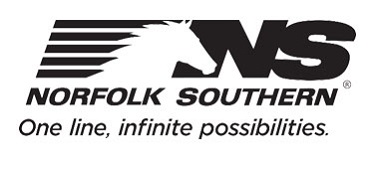

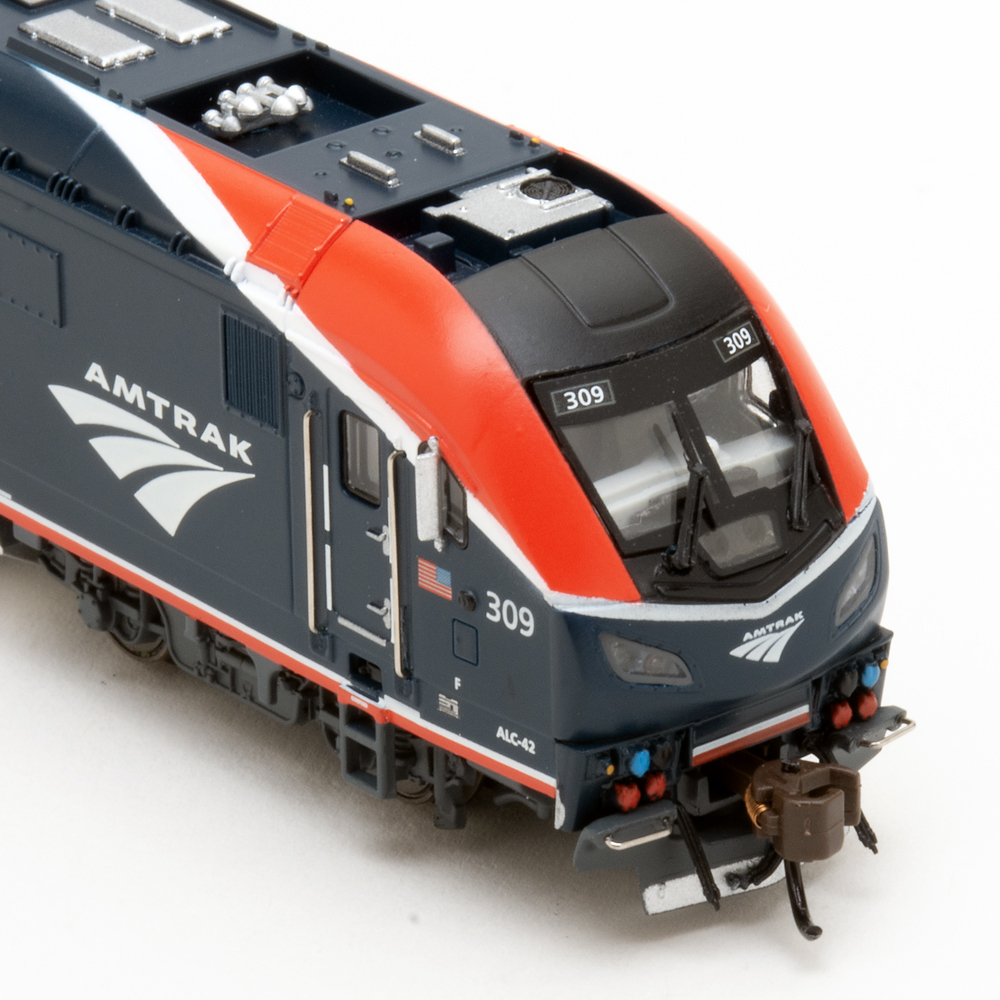
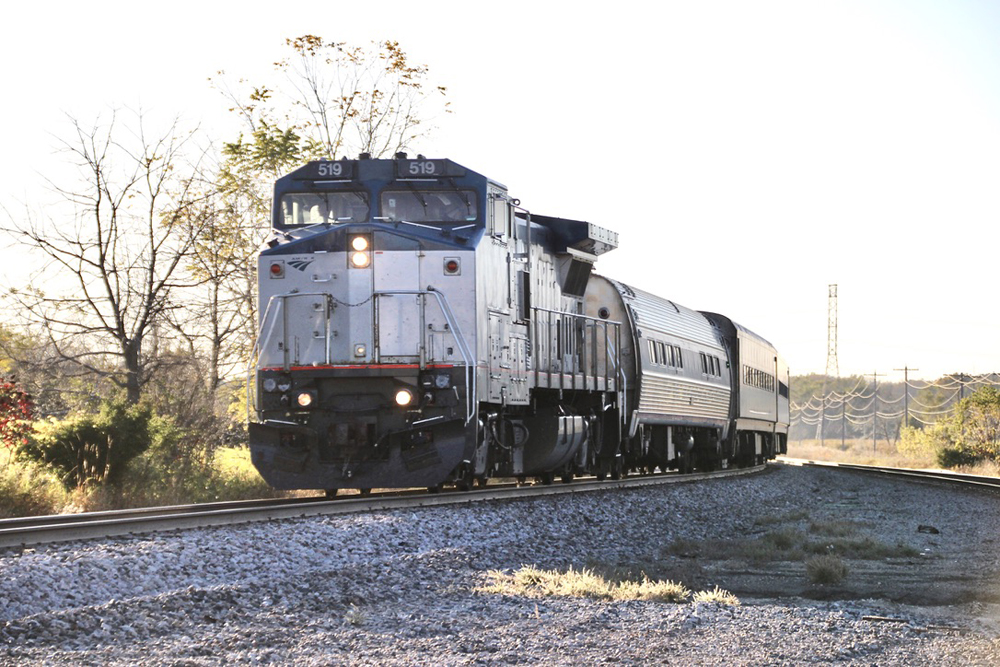

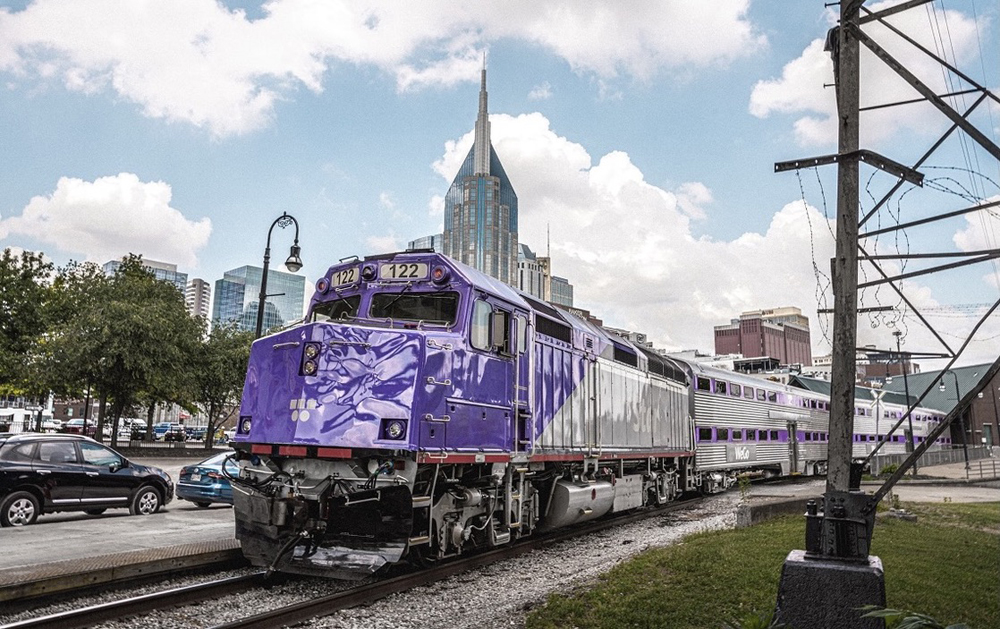
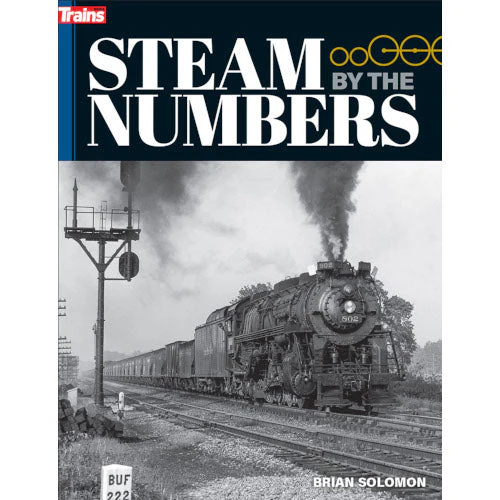


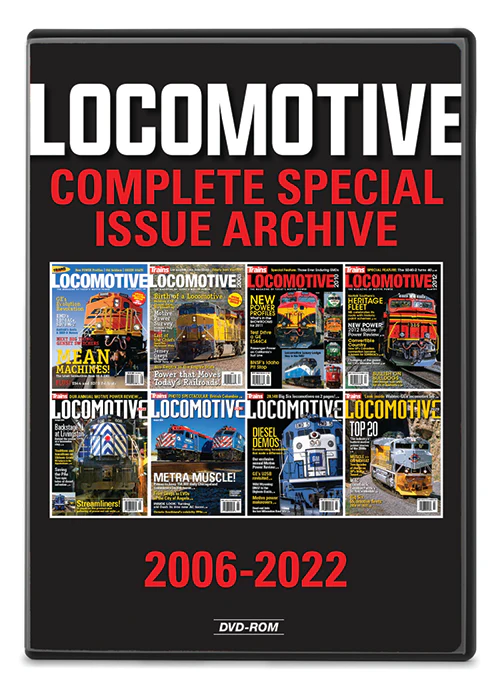
You can only squeeze blood out of a penny for so long and then the blood is gone.
less the 2 derailments in the last 2 weeks on Horseshoe Curve in PA due to “stringlining” of the cars.
Union Pacific Railroad has offered to match every gift National Park Foundation receives up to $100,000.
Great discussion.
I still think there are positive aspects to these changes, particularly “block for
destination”, better asset utilization, integrating the bulk network with carload, and (provided sidings and yard leads are modified to accommodate) using longer trains with DPU to gain line haul capacity via fewer train starts.
But I share the skepticism that these changes are underway for any reason other than short term shareholder return, and in particular not about customer satisfaction or market share growth.
Hearing experienced professionals calling BS on self congratulatory metrics while showing how Constructively Placed can reduce terminal dwell while not providing better door to door service or how train re-symboling can make velocity look better is an important discussion to have.
Question for those professionals: does
Trip Plan Compliance also stop at CP? Can the recrew rate metric also be gamed?
Why don’t the RR’s just setup a system for customers who: accept, load, release cars early, or ontime with a 90% as a benchmark over a definite period lets say 30 days and allow them to build credits toward free days of CP placed cars? Kind of like a rewards program or even select discounted days of demurrage charges.
Braden; I guess the simple answer is the current demurrage programs serve to pad the bottom line. NS allowed free time for CP’d private cars prior to their implementation of PSR and then eliminated it when they decided to go the PSR route.
For all this nonsense about PSR improving service; it’s true goal is to slash costs and generate as much revenue as possible in as short a time as possible.
Paul; once a car has been CP’d it has “arrived” so far as NS’ trip plan is concerned. In other words; they did their part – now it’s up to the customer to do his.
When it comes to changing symbols and re-crews; I know what I’ve been told concerning this but; as they say in court, that would be hearsay. Hopefully Don will comment on this.
You are right the 7 days a week service has greatly reduced yard dwell time and helped velocity. I know some customers have been very happy to get service on the weekends. It has provided more local work for the train and engine crews, which has been a side positive of PSR. It should help long term with growing merchandise traffic.
Don, I believe what’s driving the dwell so low is the significant increase in the number of merchandise customers who now receive daily switching service. Instead of the cars sitting in a local serving yard over the weekend, they are placed on customer spurs. This does two things. First, it makes local serving yards more fluid because there are fewer cars sitting around. Second, cars sitting at a customer location aren’t counted in terminal dwell figures.
In my opinion, something is wrong with the dwell measure… Can’t be that low. Something is wrong or different with the reporting of events that drive the dwell measure.
Look they can manipulate the numbers, dwell times, etc… easily to make the numbers look good. Reduce staff, close hump yards, store engine’s and cars, reduce maintenance plans, and on and on and anyone cam make operating ratios look fantastic, but at what costs ?? New business, customer satisfaction, general public’s outrage with blocked crossings because your running 15,000 foot trains ?? I hope all these class 1’s, tripping over each other implementing this PSR garbage, welcome the government regulations that will be forthcoming because of PSR. Enjoy the ride now because the bottoms going to fall out soon. Running your business for immediate, short term, Wall Street gains, will eventually catch up to you. Keep allowing these “activist investors” to run your business and they’ll run it straight into the ground. Just ask the employees of Sears and Kmart. Hunter Harrison and Ackerman were nothing but a shills for Wall Street. And people are stymied to explain why “socialism” is becoming mainstream ??
Bill – I get the “more days of week” thing, but this is beyond that. It think it might be constructively placed traffic getting CP’d at arrival for a dwell of one minute, or something like that. Also, the actual dwell should never be more than a hair below the scheduled dwell at a hump yard, and that is typically 22 hours at the most efficient humps. Something isn’t right.
Curt, using CP to take a car out of the Terminal Dwell metrics can also take that car out of the yard entirely. A car can be CP’s right outside a “closed gate” or “order in ” customers gate but not inside, that is still considered constructively placed and it does two things, removes it from yard inventory and terminal dwell time counts. Just like having a train sit on siding for 8 – 24 hours removes those cars in the train from terminal dwell time, but that in turn reduces car velocity. I still contend shorter, faster, more frequent trains would get the same result, actually it should even give you a better ROI that PSR does, but that would need to be modeled by a computer to prove it’s worth…taking into account, a ramp up in train starts, more crew calls, etc.,
I seem to remember hearing about CSX early on in PSR moving trains out of the yard and into a siding somewhere, to show less yard dwell time or additionally, continually changing the train number of a sitting train to “reset” the dwell clock?
Even a customer who theoretically receives service seven days a week must be set up as “open gate” or “spot on arrival” in order for NS to automatically set cars in. For those customers who are “closed gate” or “order in”; cars arriving on days the customer isn’t set up to receive or not on their car order would be constructively placed. And I suspect when NS CP’s a car destined to one of these customers, that car ceases to be on NS’ terminal dwell sheet. It’s still setting in an NS yard but; on the customers’ dime – not NS’. That’s kind of where I’m going with my “gaming the metrics” comment.
But; as you sagely note; demurrage is another conversation.
Thanks Bill for solid rationale for the challenges to the dwell number. When I read your response to Don’s comment first my immediate question was “what percentage of customers now get 7 day local service”. Which you answered later in response to Curt’s comment (which self-congratulatory “metrics gaming” is also something I’m also wary of).
But isn’t the number that really matters “what *additional* percentage of customers now get 7 day local service?”. Assuming some percentage did before the change in policy.
No stroke of genius here. My lawn boy can do the same by mowing less yards and charging more. Problem is he will be out of business next summer.
Curt, if I recall correctly NS has increased service to 7 days from 5 days at something like three-quarters of its merchandise customers. If you do the math, that’s a 40% increase in switching frequency for those customers. Dwell is down nearly 40%. That cannot be coincidence, can it?
Of course, some of those customers are not happy with daily service because they don’t operate on weekends and now face increased demurrage charges. But that’s another conversation.
Bill; I still firmly believe there are so many ways to “game” these metrics, they are essentially useless.
The exception, of course, would be when they tend to confirm something you already believed to be true. ??